Tommi Kärkkäinen
Towards responsible AI for education: Hybrid human-AI to confront the Elephant in the room
Apr 22, 2025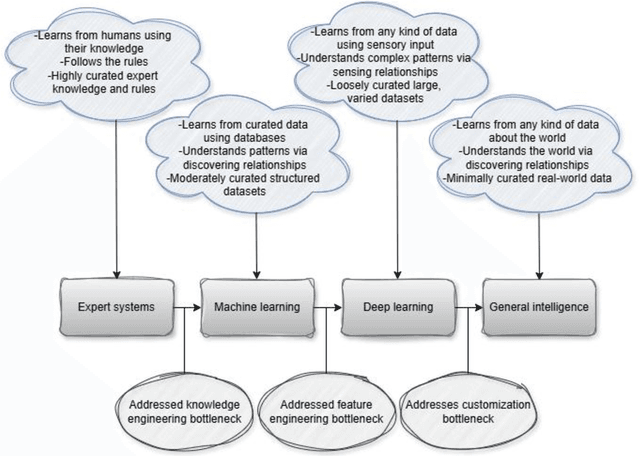
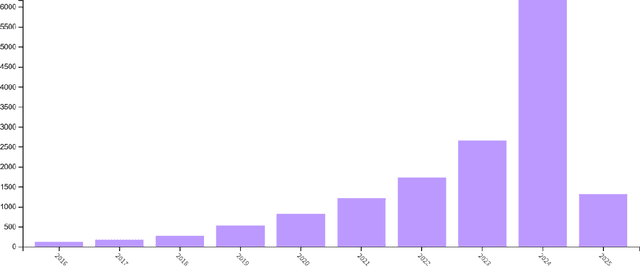
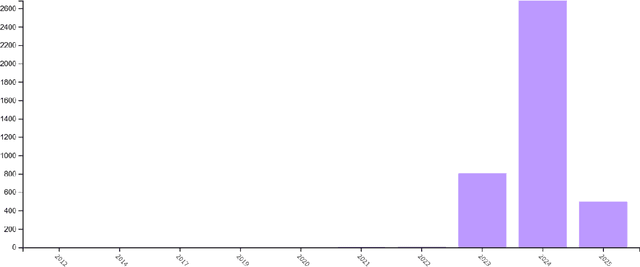

Abstract:Despite significant advancements in AI-driven educational systems and ongoing calls for responsible AI for education, several critical issues remain unresolved -- acting as the elephant in the room within AI in education, learning analytics, educational data mining, learning sciences, and educational psychology communities. This critical analysis identifies and examines nine persistent challenges that continue to undermine the fairness, transparency, and effectiveness of current AI methods and applications in education. These include: (1) the lack of clarity around what AI for education truly means -- often ignoring the distinct purposes, strengths, and limitations of different AI families -- and the trend of equating it with domain-agnostic, company-driven large language models; (2) the widespread neglect of essential learning processes such as motivation, emotion, and (meta)cognition in AI-driven learner modelling and their contextual nature; (3) limited integration of domain knowledge and lack of stakeholder involvement in AI design and development; (4) continued use of non-sequential machine learning models on temporal educational data; (5) misuse of non-sequential metrics to evaluate sequential models; (6) use of unreliable explainable AI methods to provide explanations for black-box models; (7) ignoring ethical guidelines in addressing data inconsistencies during model training; (8) use of mainstream AI methods for pattern discovery and learning analytics without systematic benchmarking; and (9) overemphasis on global prescriptions while overlooking localised, student-specific recommendations. Supported by theoretical and empirical research, we demonstrate how hybrid AI methods -- specifically neural-symbolic AI -- can address the elephant in the room and serve as the foundation for responsible, trustworthy AI systems in education.
Mathematical Capabilities of Large Language Models in Finnish Matriculation Examination
Apr 15, 2025



Abstract:Large language models (LLMs) have shown increasing promise in educational settings, yet their mathematical reasoning has been considered evolving. This study evaluates the mathematical capabilities of various LLMs using the Finnish matriculation examination, a high-stakes digital test for upper secondary education. Initial tests yielded moderate performance corresponding to mid-range grades, but later evaluations demonstrated substantial improvements as the language models evolved. Remarkably, some models achieved near-perfect or perfect scores, matching top student performance and qualifying for university admission. Our findings highlight the rapid advances in the mathematical proficiency of LLMs and illustrate their potential to also support educational assessments at scale.
Towards Responsible and Trustworthy Educational Data Mining: Comparing Symbolic, Sub-Symbolic, and Neural-Symbolic AI Methods
Apr 01, 2025Abstract:Given the demand for responsible and trustworthy AI for education, this study evaluates symbolic, sub-symbolic, and neural-symbolic AI (NSAI) in terms of generalizability and interpretability. Our extensive experiments on balanced and imbalanced self-regulated learning datasets of Estonian primary school students predicting 7th-grade mathematics national test performance showed that symbolic and sub-symbolic methods performed well on balanced data but struggled to identify low performers in imbalanced datasets. Interestingly, symbolic and sub-symbolic methods emphasized different factors in their decision-making: symbolic approaches primarily relied on cognitive and motivational factors, while sub-symbolic methods focused more on cognitive aspects, learned knowledge, and the demographic variable of gender -- yet both largely overlooked metacognitive factors. The NSAI method, on the other hand, showed advantages by: (i) being more generalizable across both classes -- even in imbalanced datasets -- as its symbolic knowledge component compensated for the underrepresented class; and (ii) relying on a more integrated set of factors in its decision-making, including motivation, (meta)cognition, and learned knowledge, thus offering a comprehensive and theoretically grounded interpretability framework. These contrasting findings highlight the need for a holistic comparison of AI methods before drawing conclusions based solely on predictive performance. They also underscore the potential of hybrid, human-centered NSAI methods to address the limitations of other AI families and move us closer to responsible AI for education. Specifically, by enabling stakeholders to contribute to AI design, NSAI aligns learned patterns with theoretical constructs, incorporates factors like motivation and metacognition, and strengthens the trustworthiness and responsibility of educational data mining.
Dementia Classification Using Acoustic Speech and Feature Selection
Feb 04, 2025



Abstract:Dementia is a general term for a group of syndromes that affect cognitive functions such as memory, thinking, reasoning, and the ability to perform daily tasks. The number of dementia patients is increasing as the population ages, and it is estimated that over 10 million people develop dementia each year. Dementia progresses gradually, and the sooner a patient receives help and support, the better their chances of maintaining their functional abilities. For this reason, early diagnosis of dementia is important. In recent years, machine learning models based on naturally spoken language have been developed for the early diagnosis of dementia. These methods have proven to be user-friendly, cost-effective, scalable, and capable of providing extremely fast diagnoses. This study utilizes the well-known ADReSS challenge dataset for classifying healthy controls and Alzheimer's patients. The dataset contains speech recordings from a picture description task featuring a kitchen scene, collected from both healthy controls and dementia patients. Unlike most studies, this research does not segment the audio recordings into active speech segments; instead, acoustic features are extracted from entire recordings. The study employs Ridge linear regression, Extreme Minimal Learning Machine, and Linear Support Vector Machine machine learning models to compute feature importance scores based on model outputs. The Ridge model performed best in Leave-One-Subject-Out cross-validation, achieving a classification accuracy of 87.8%. The EMLM model, proved to be effective in both cross-validation and the classification of a separate test dataset, with accuracies of 85.3% and 79.2%, respectively. The study's results rank among the top compared to other studies using the same dataset and acoustic feature extraction for dementia diagnosis.
Identification of Cognitive Decline from Spoken Language through Feature Selection and the Bag of Acoustic Words Model
Feb 02, 2024Abstract:Memory disorders are a central factor in the decline of functioning and daily activities in elderly individuals. The confirmation of the illness, initiation of medication to slow its progression, and the commencement of occupational therapy aimed at maintaining and rehabilitating cognitive abilities require a medical diagnosis. The early identification of symptoms of memory disorders, especially the decline in cognitive abilities, plays a significant role in ensuring the well-being of populations. Features related to speech production are known to connect with the speaker's cognitive ability and changes. The lack of standardized speech tests in clinical settings has led to a growing emphasis on developing automatic machine learning techniques for analyzing naturally spoken language. Non-lexical but acoustic properties of spoken language have proven useful when fast, cost-effective, and scalable solutions are needed for the rapid diagnosis of a disease. The work presents an approach related to feature selection, allowing for the automatic selection of the essential features required for diagnosis from the Geneva minimalistic acoustic parameter set and relative speech pauses, intended for automatic paralinguistic and clinical speech analysis. These features are refined into word histogram features, in which machine learning classifiers are trained to classify control subjects and dementia patients from the Dementia Bank's Pitt audio database. The results show that achieving a 75% average classification accuracy with only twenty-five features with the separate ADReSS 2020 competition test data and the Leave-One-Subject-Out cross-validation of the entire competition data is possible. The results rank at the top compared to international research, where the same dataset and only acoustic features have been used to diagnose patients.
Toward Scalable and Transparent Multimodal Analytics to Study Standard Medical Procedures: Linking Hand Movement, Proximity, and Gaze Data
Dec 08, 2023



Abstract:This study employed multimodal learning analytics (MMLA) to analyze behavioral dynamics during the ABCDE procedure in nursing education, focusing on gaze entropy, hand movement velocities, and proximity measures. Utilizing accelerometers and eye-tracking techniques, behaviorgrams were generated to depict various procedural phases. Results identified four primary phases characterized by distinct patterns of visual attention, hand movements, and proximity to the patient or instruments. The findings suggest that MMLA can offer valuable insights into procedural competence in medical education. This research underscores the potential of MMLA to provide detailed, objective evaluations of clinical procedures and their inherent complexities.
Minimal Learning Machine for Multi-Label Learning
May 09, 2023
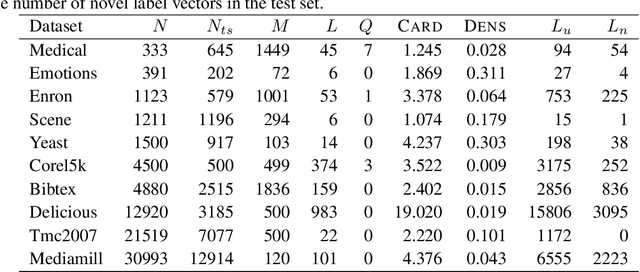
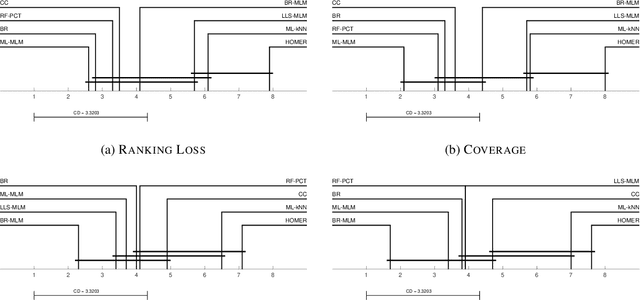

Abstract:Distance-based supervised method, the minimal learning machine, constructs a predictive model from data by learning a mapping between input and output distance matrices. In this paper, we propose methods and evaluate how this technique and its core component, the distance mapping, can be adapted to multi-label learning. The proposed approach is based on combining the distance mapping with an inverse distance weighting. Although the proposal is one of the simplest methods in the multi-label learning literature, it achieves state-of-the-art performance for small to moderate-sized multi-label learning problems. Besides its simplicity, the proposed method is fully deterministic and its hyper-parameter can be selected via ranking loss-based statistic which has a closed form, thus avoiding conventional cross-validation-based hyper-parameter tuning. In addition, due to its simple linear distance mapping-based construction, we demonstrate that the proposed method can assess predictions' uncertainty for multi-label classification, which is a valuable capability for data-centric machine learning pipelines.
Knowledge Discovery from Atomic Structures using Feature Importances
Feb 28, 2023
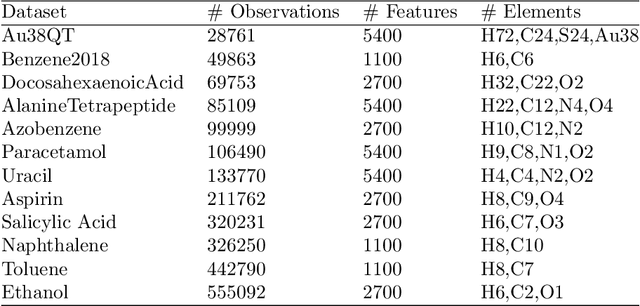
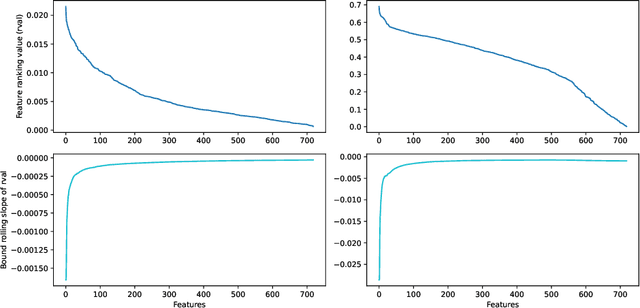
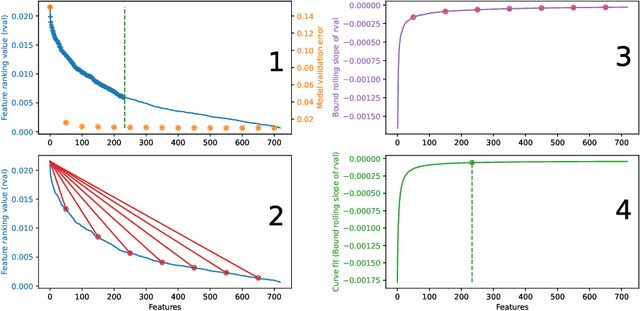
Abstract:Molecular-level understanding of the interactions between the constituents of an atomic structure is essential for designing novel materials in various applications. This need goes beyond the basic knowledge of the number and types of atoms, their chemical composition, and the character of the chemical interactions. The bigger picture takes place on the quantum level which can be addressed by using the Density-functional theory (DFT). Use of DFT, however, is a computationally taxing process, and its results do not readily provide easily interpretable insight into the atomic interactions which would be useful information in material design. An alternative way to address atomic interactions is to use an interpretable machine learning approach, where a predictive DFT surrogate is constructed and analyzed. The purpose of this paper is to propose such a procedure using a modification of the recently published interpretable distance-based regression method. Our tests with a representative benchmark set of molecules and a complex hybrid nanoparticle confirm the viability and usefulness of the proposed approach.
An Additive Autoencoder for Dimension Estimation
Oct 13, 2022
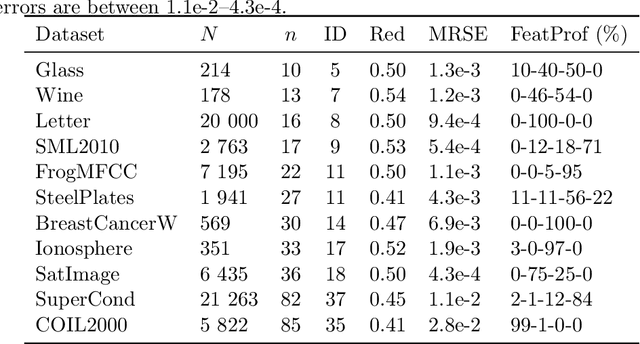
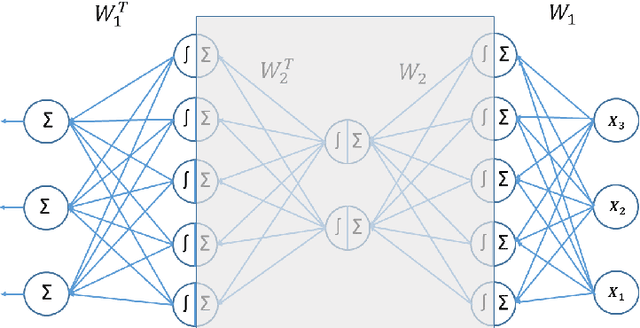
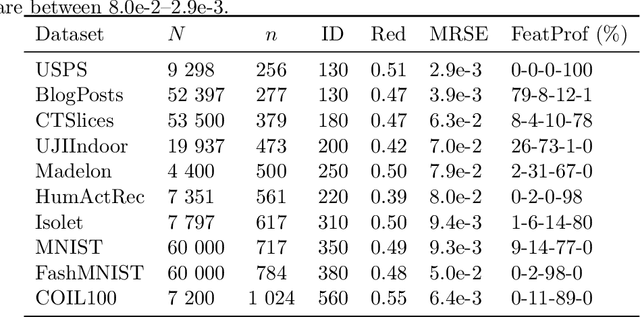
Abstract:An additive autoencoder for dimension reduction, which is composed of a serially performed bias estimation, linear trend estimation, and nonlinear residual estimation, is proposed and analyzed. Computational experiments confirm that an autoencoder of this form, with only a shallow network to encapsulate the nonlinear behavior, is able to identify an intrinsic dimension of a dataset with a low autoencoding error. This observation leads to an investigation in which shallow and deep network structures, and how they are trained, are compared. We conclude that the deeper network structures obtain lower autoencoding errors during the identification of the intrinsic dimension. However, the detected dimension does not change compared to a shallow network.
Scalable Initialization Methods for Large-Scale Clustering
Jul 23, 2020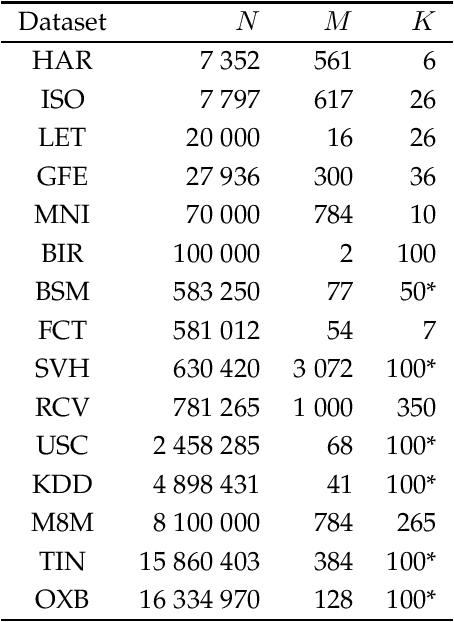
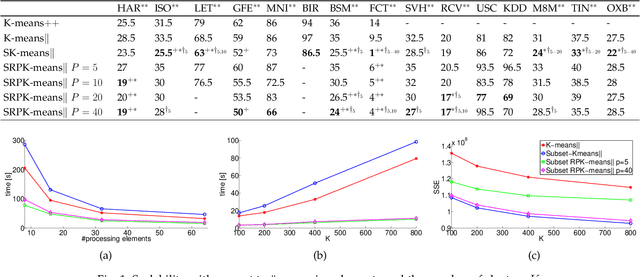
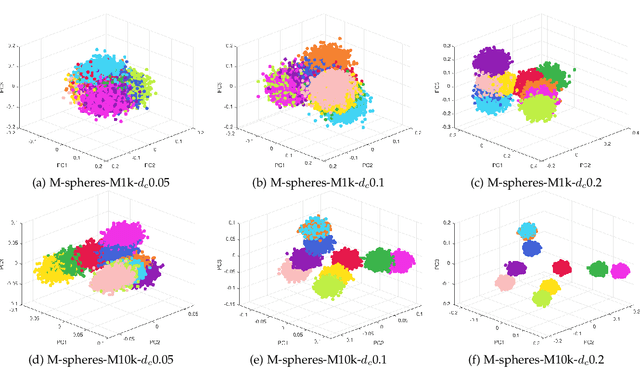

Abstract:In this work, two new initialization methods for K-means clustering are proposed. Both proposals are based on applying a divide-and-conquer approach for the K-means|| type of an initialization strategy. The second proposal also utilizes multiple lower-dimensional subspaces produced by the random projection method for the initialization. The proposed methods are scalable and can be run in parallel, which make them suitable for initializing large-scale problems. In the experiments, comparison of the proposed methods to the K-means++ and K-means|| methods is conducted using an extensive set of reference and synthetic large-scale datasets. Concerning the latter, a novel high-dimensional clustering data generation algorithm is given. The experiments show that the proposed methods compare favorably to the state-of-the-art. We also observe that the currently most popular K-means++ initialization behaves like the random one in the very high-dimensional cases.
 Add to Chrome
Add to Chrome Add to Firefox
Add to Firefox Add to Edge
Add to Edge